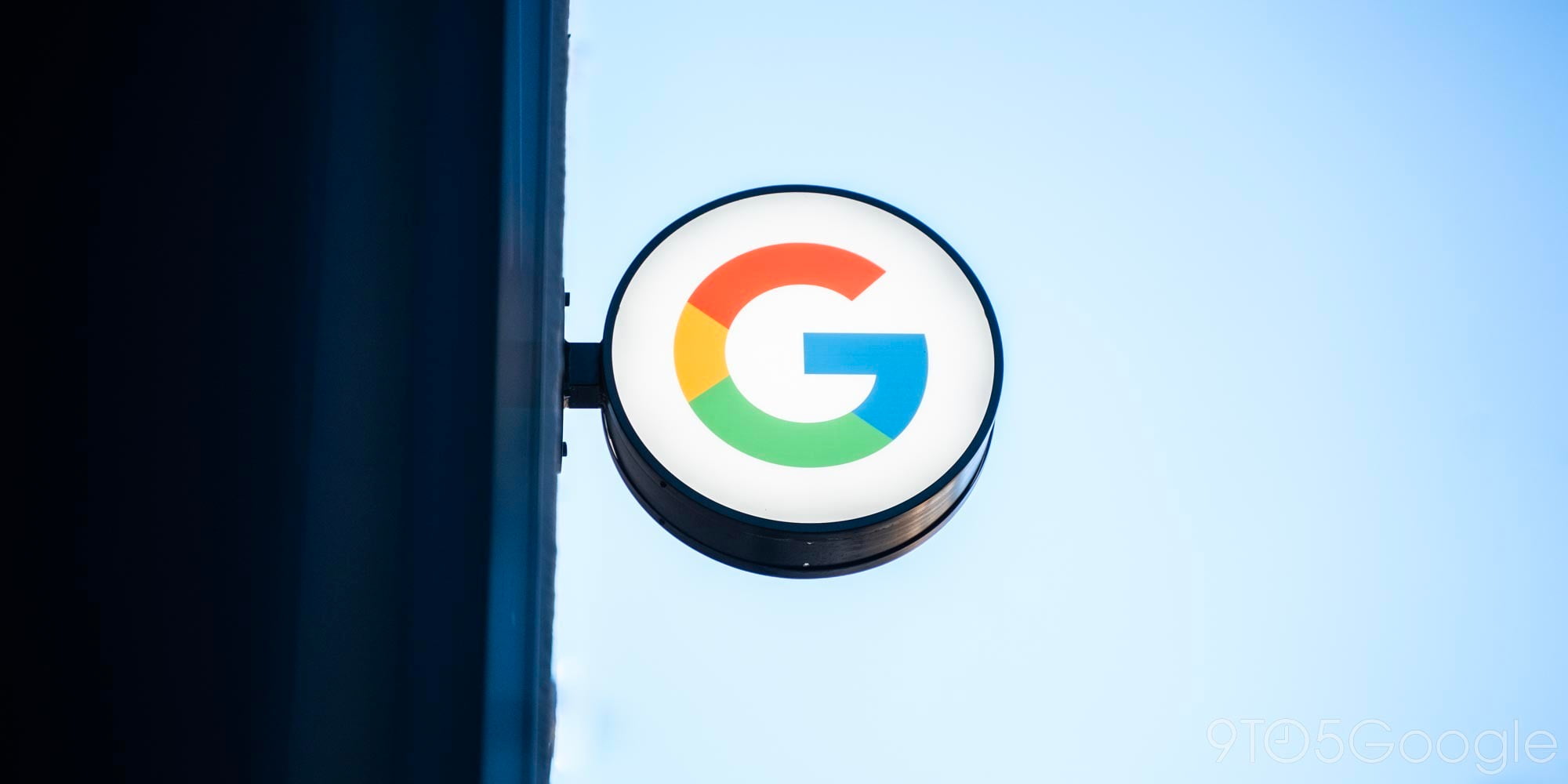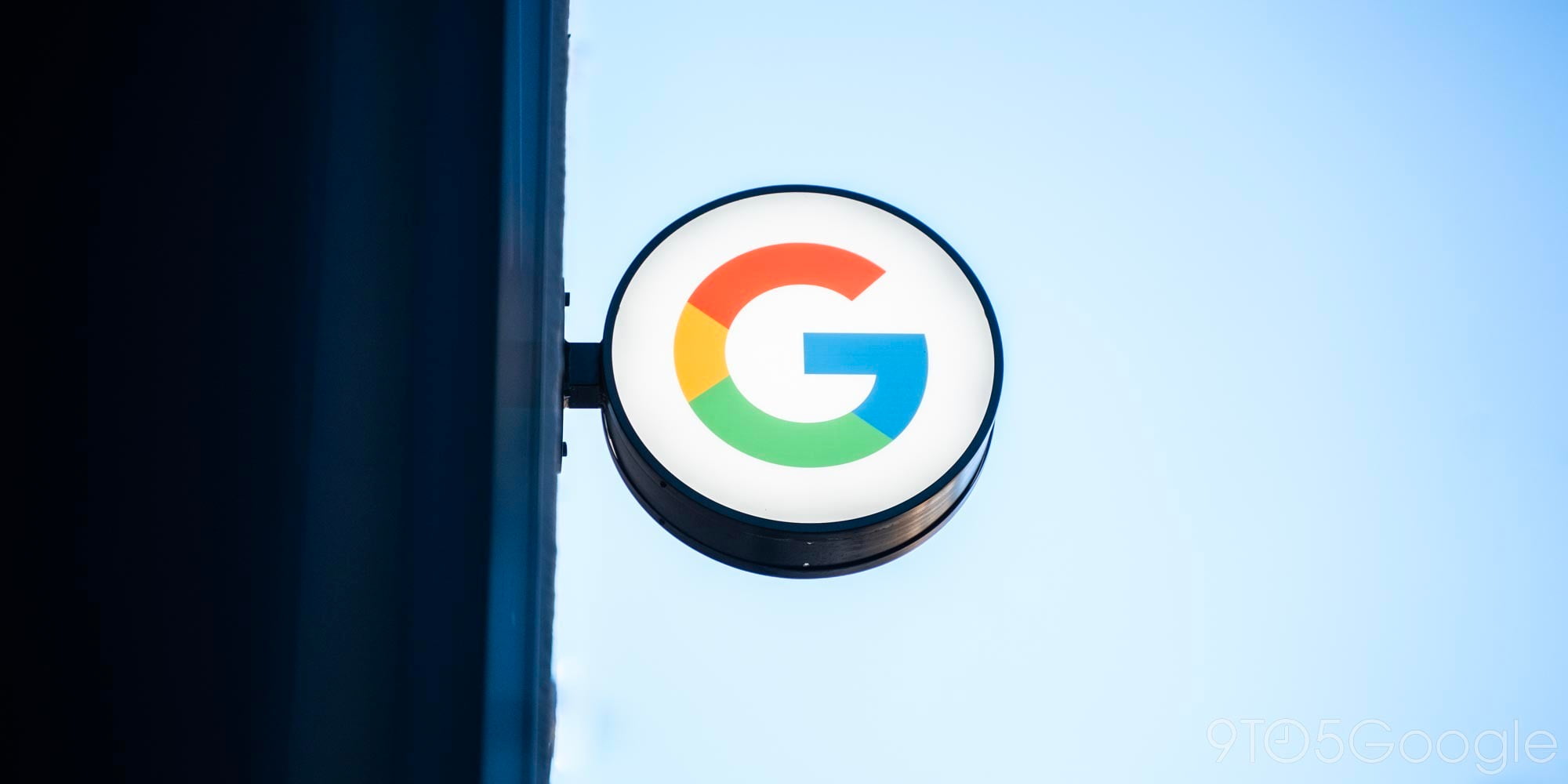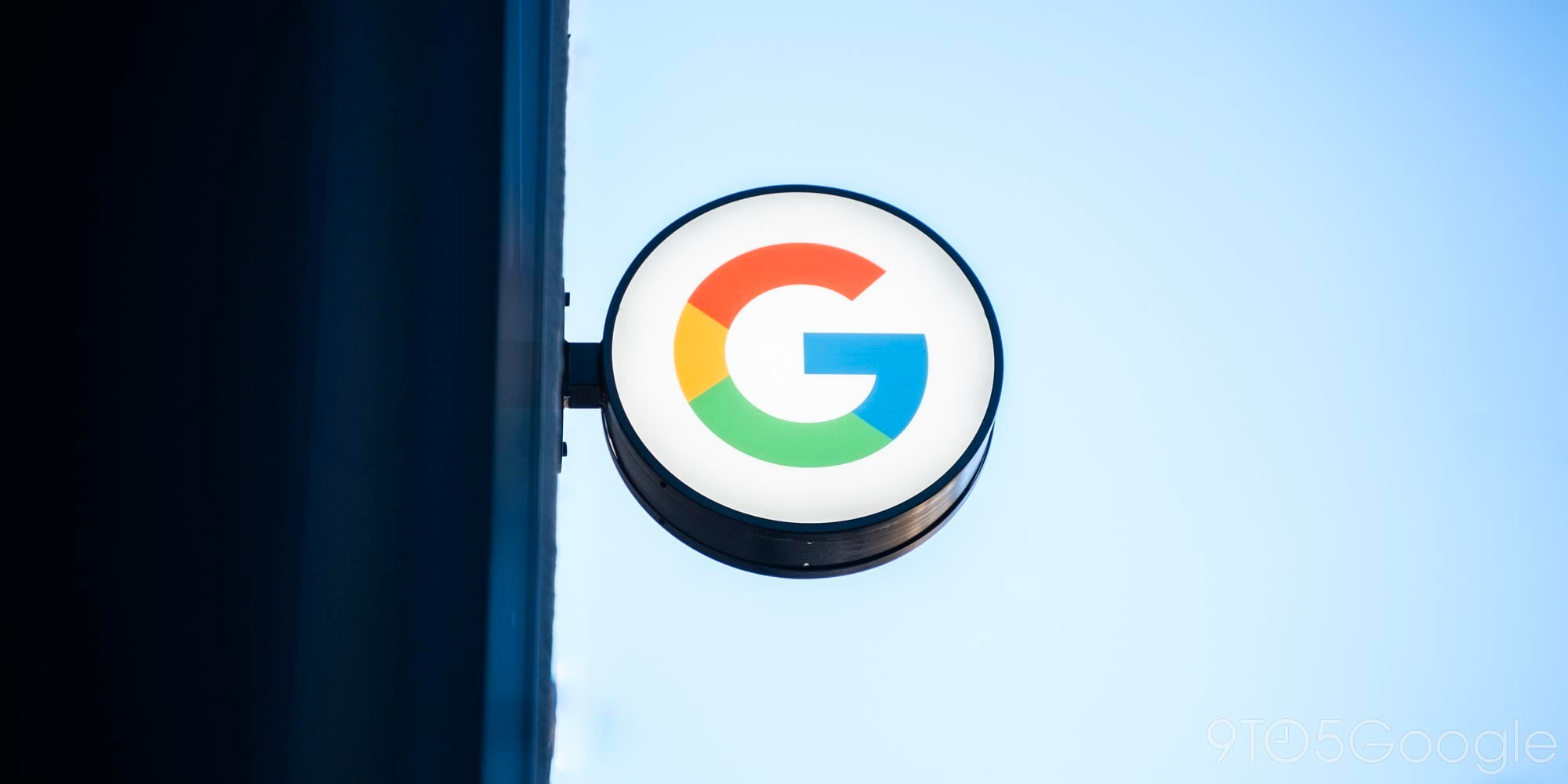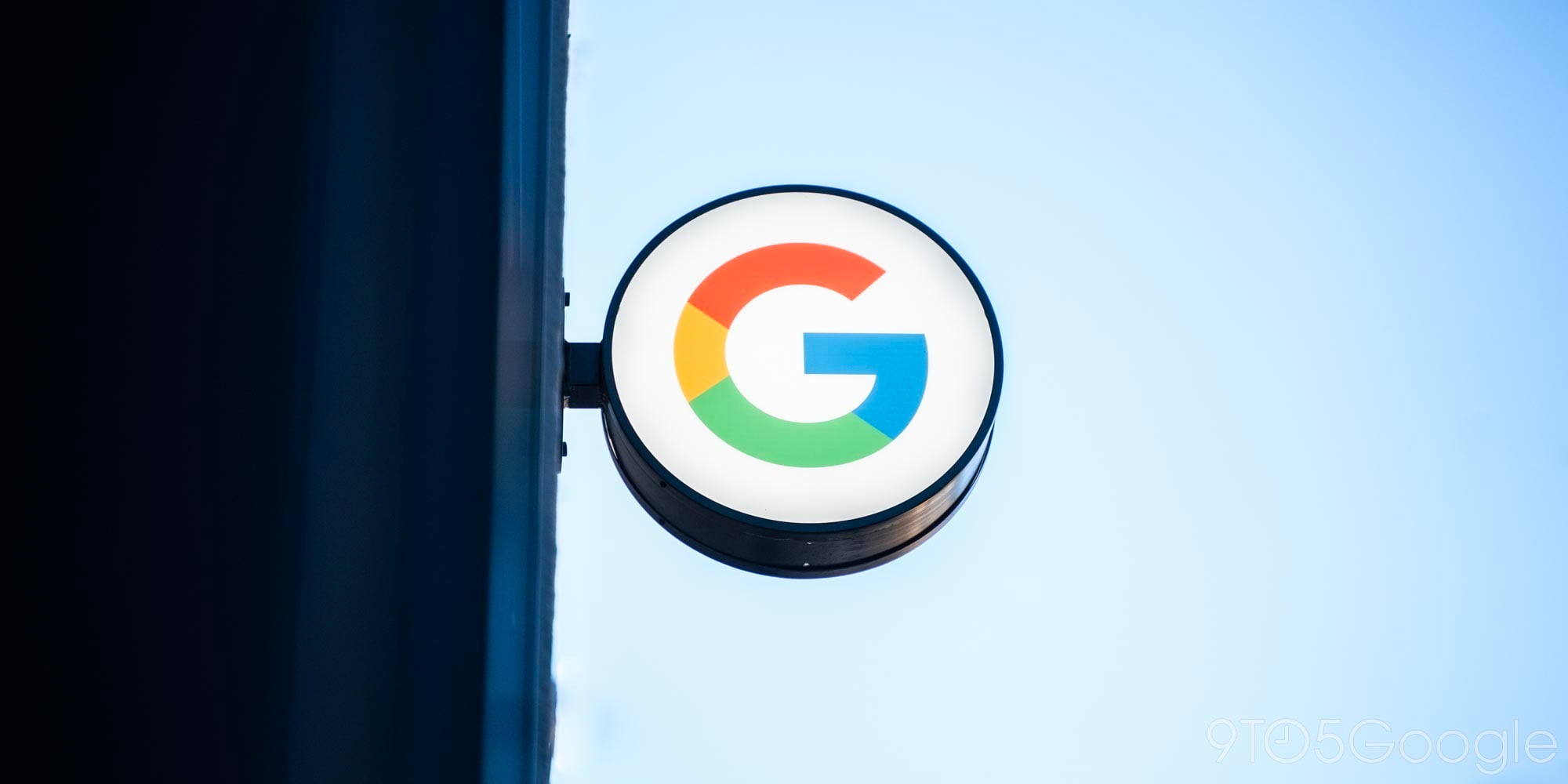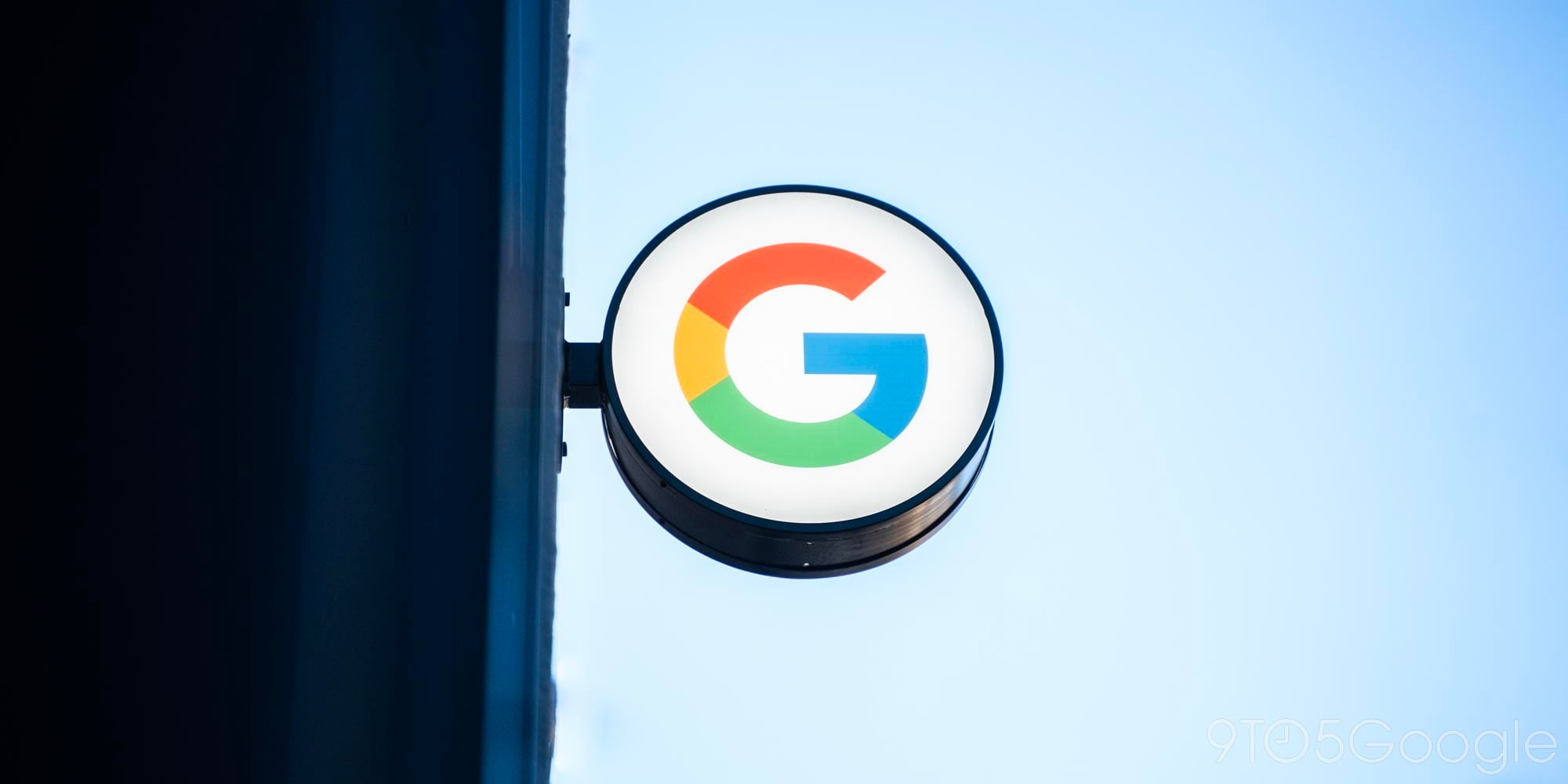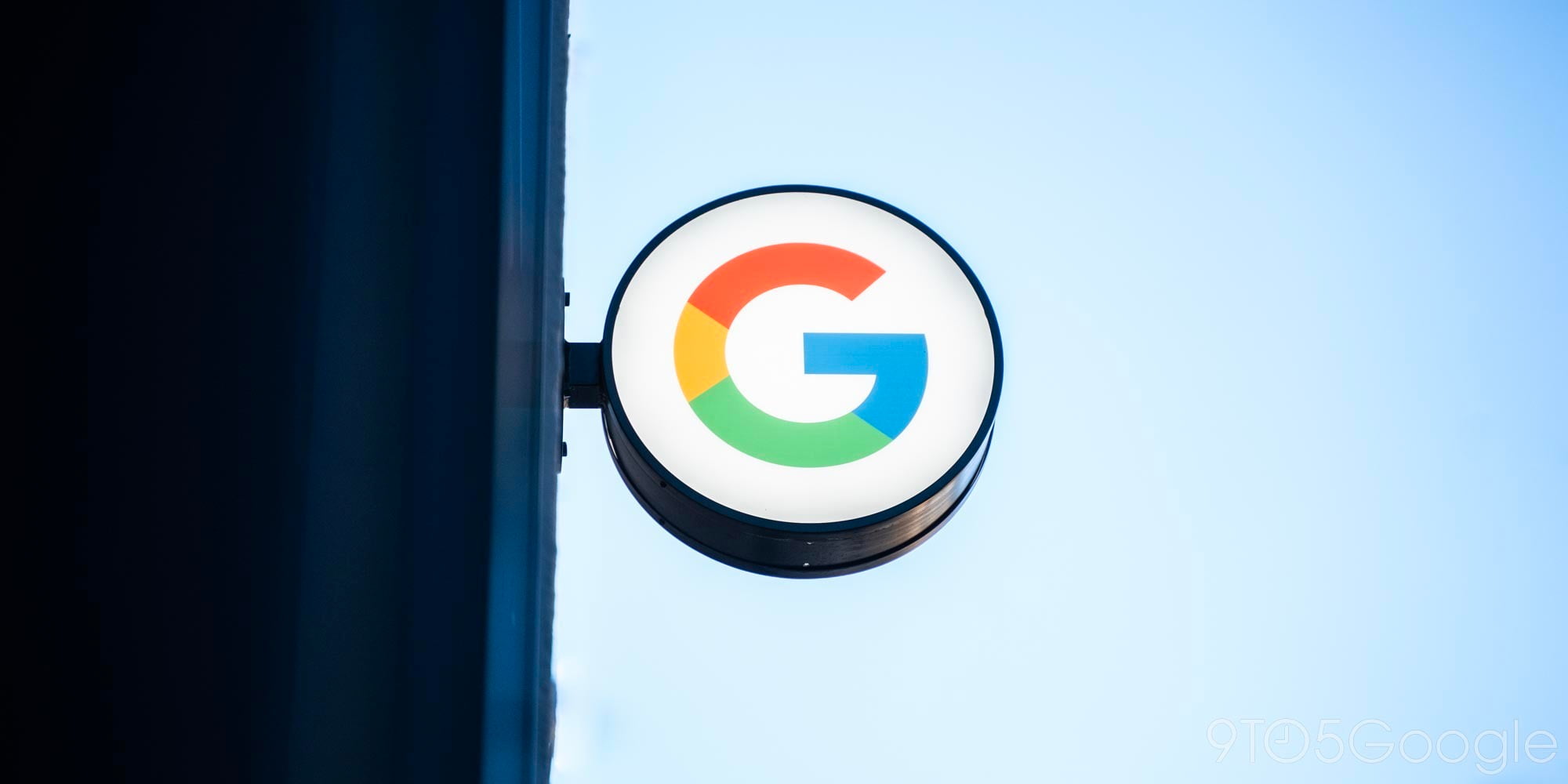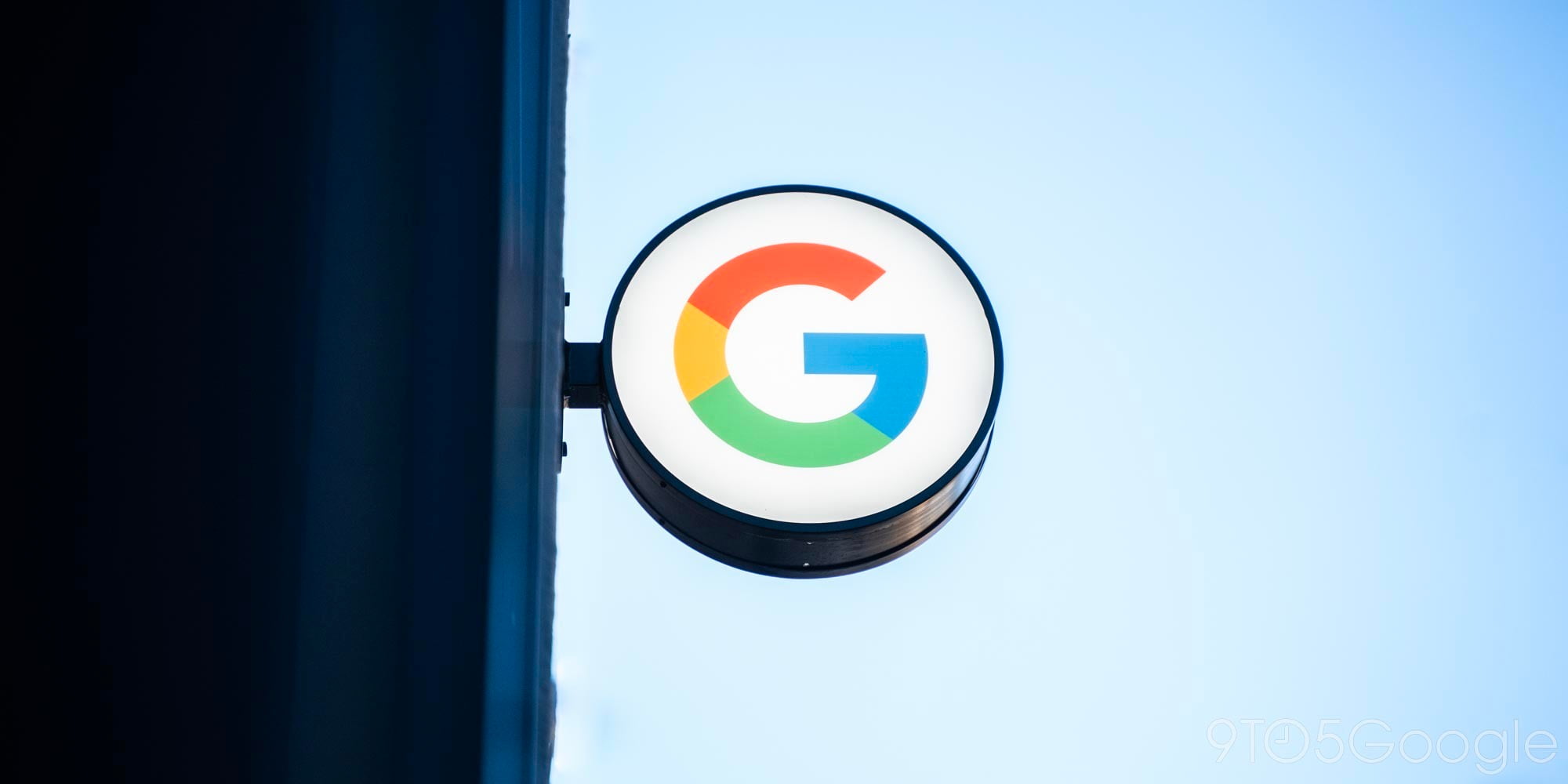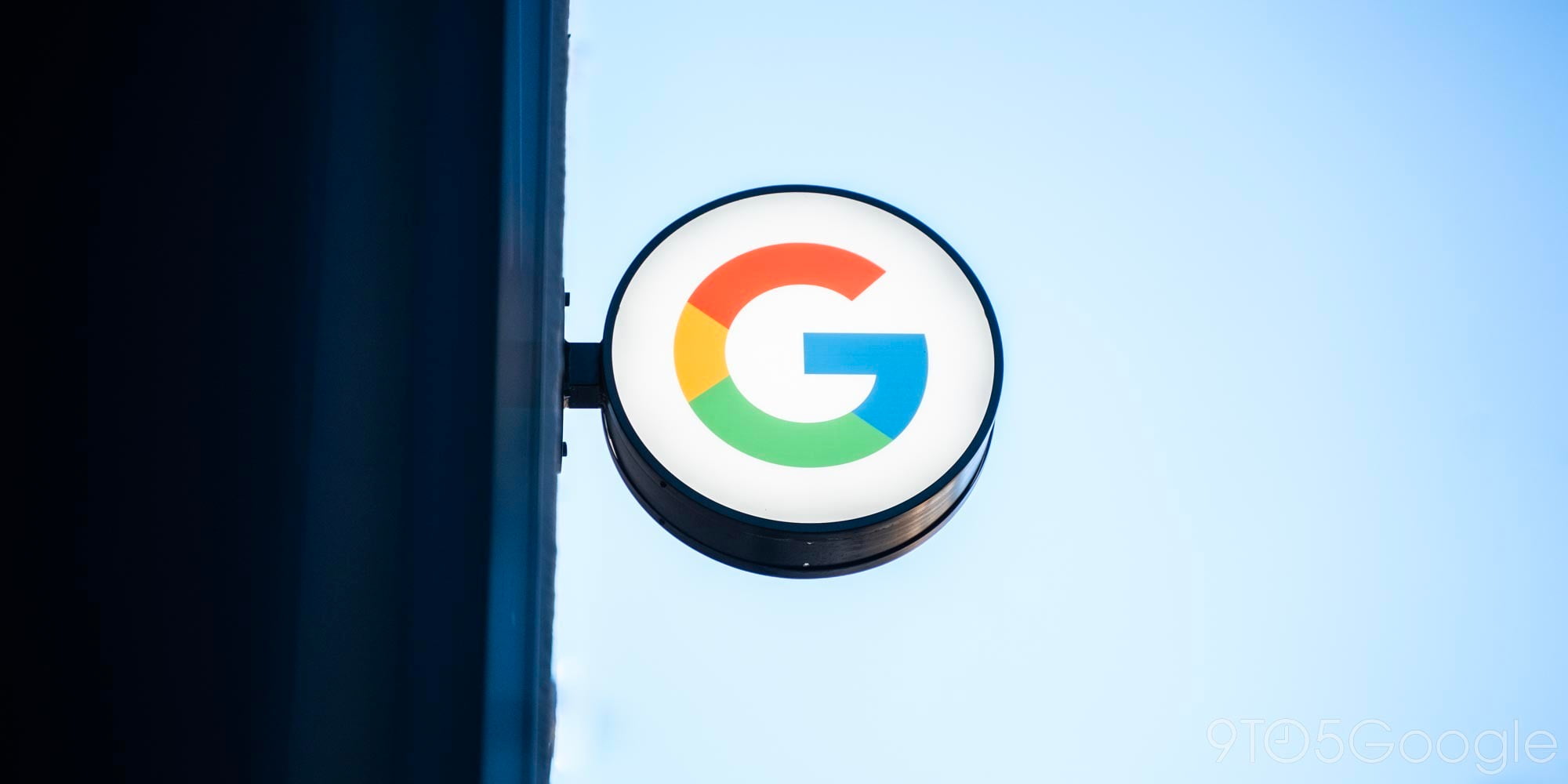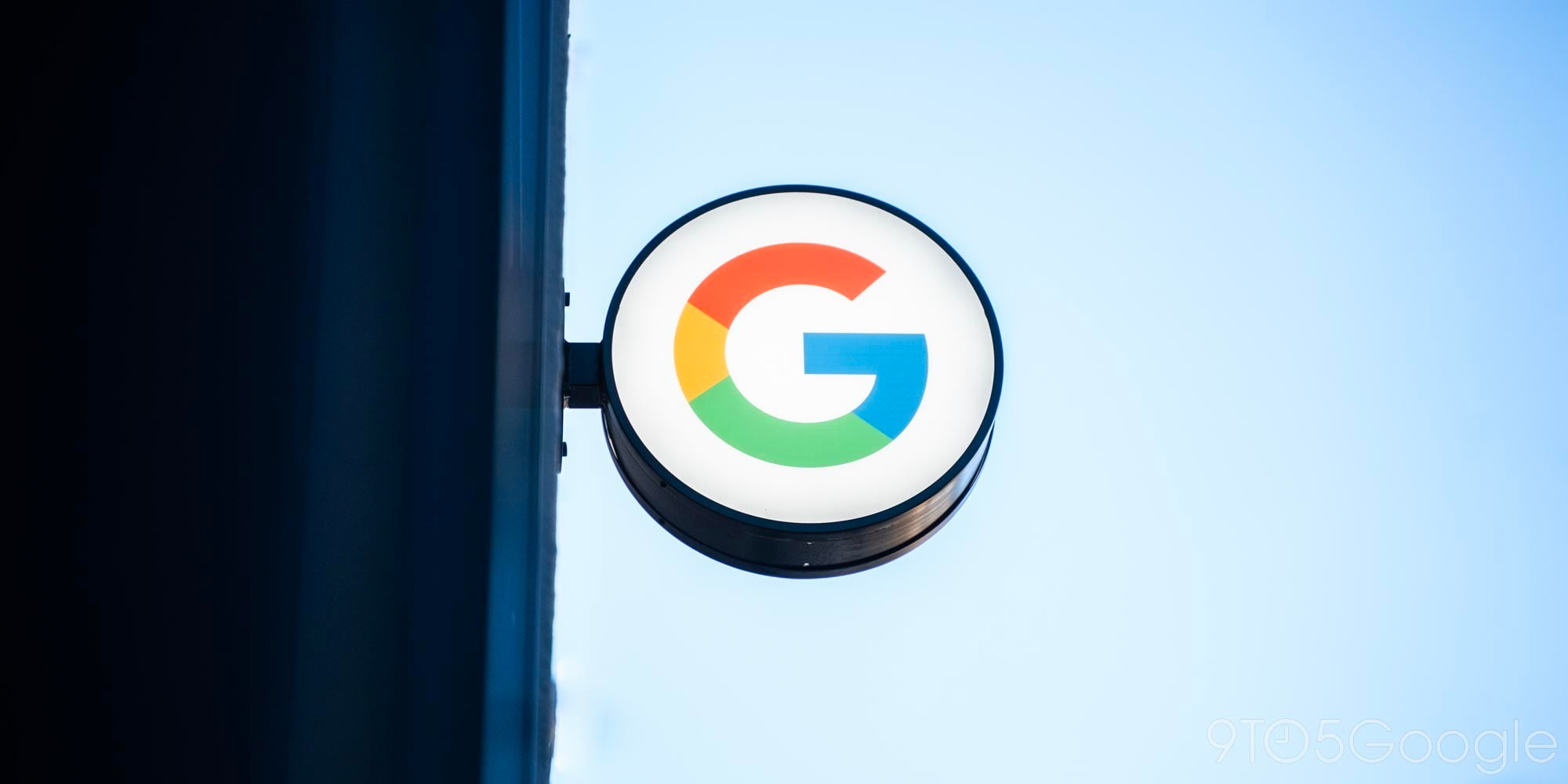More details on Samsung’s Galaxy Gear smartwatch surface ahead of expected Sept.4 unveiling
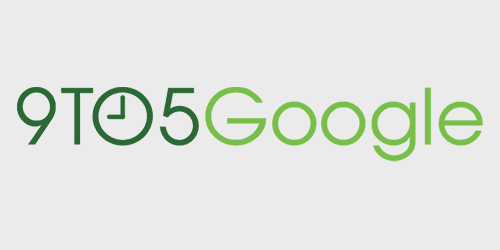

Samsung Gear Patent Filing
Following a report from SamMobile last week sharing some specific specs coming in Samsung’s much rumored Galaxy Gear smartwatch, today GigaOm reports on a few more details from developers with prototypes of the device. On top of confirming a Sept.4 unveiling at Samsung’s events scheduled to take place in Berlin and New York, the report claims Galaxy Gear will include a 2.5 inch OLED display, dual core processor, an accelerometer, speakers, and built-in NFC:
It is said to be around 2.5 inches diagonally (and 3 inches diagonally including the case), is powered by a dual core processor and should have pretty decent battery life. In addition, we are told the watch has a camera that is integrated into the strap and even has tiny speakers in the clasp of the watch, plus built-in NFC to allow for bump-to-sync and authenticate. The watch uses Bluetooth 4.0 LE to connect with smartphones for connectivity… In addition, the watch has a built-in accelerometer that makes it possible to switch it on when it is moved up towards the eye. It could be a great way to wake the watch and also the apps and manage battery power. The watch screen will support the usual touch, swipe and select type gestures but will likely not have text-input.
The report adds that watch will work with a Samsung watch manager app on a smartphone and utilize apps from the Samsung App Store, not Google Play. GigaOm also claims that Galaxy Gear will support Facebook and Twitter integration at launch. The Samsung App Store integration could mean the device will only be available for Samsung device users:
Expand
Expanding
Close
